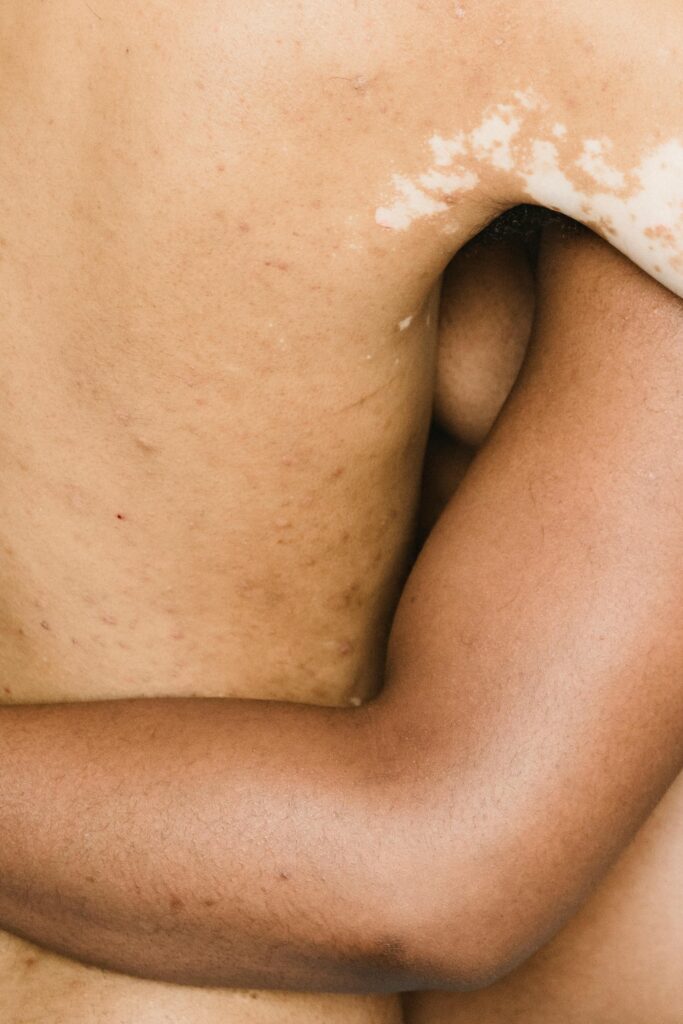Every summer, festivals multiply, encounters become more spontaneous, and there's a sense of lightheartedness in the air. But at Prelib, we notice something else: a marked 24% increase in positive results for sexually transmitted and blood-borne infection (STBBI) screening tests during the summer season.
This reality highlights an important point: your sexual health deserves as much attention as your sunscreen. And one of the best ways to protect it is by adopt a routine of regular STI testing, even if you don't have any symptoms. Whether it's for Chlamydia, gonorrhea, syphilis, hepatitis B, hepatitis C or HIV, being proactive can make all the difference for you and your partners. It all starts with understanding a key concept: the window period.


Understanding the Window Period
When it comes to testing, it’s important to keep the window period in mind, that is, the time between exposure to an STBBI and the moment when the infection becomes detectable by a laboratory test.
In other words, if a test is done too soon after a risky exposure, it may produce a fasle negative, simply because the body hasn’t yet produced enough detectable markers. Once the window period has passed, the results are much more reliable.
Each STBBI has its own window period:
| STBBI | Window period |
| Chlamydia | 14 days |
| Gonorrhea | 14 days |
| Syphilis | 12 weeks |
| Hepatitis B | 12 weeks |
| Hepatitis C | 12 weeks |
| HIV | 8 weeks |
Let’s take someone who had a few flings over the summer. By the end of August, two weeks after their last sexual encounter, they decide to get tested. All the results come back negative. Great news! Relieved, they carry on with life, feeling at ease.
But here’s the catch: according to our previously established window periods, only their results for chlamydia and gonorrhea are reliable at that point, since the detection delay of 14 days has passed.
What they don’t know is that they actually contracted syphilis in August, before getting tested. Even though their result came back negative, it’s possible their body hadn’t yet produced enough markers for the infection to be detected in the lab, since syphilis can have a window period of up to 12 weeks. But, even with a negative result, they may already be contagious and could transmit syphilis to their partners without realizing it.
That’s why it’s important to take a first test soon after a risky exposure , then a second test at the end of the window periodto make sure nothing was missed. And in the meantime? Keep taking care of yourself and others with safer sexual practices, so you can keep the fun without the worries!
P.S.Don’t worry about our imaginary person. They did a follow-up screening at the end of November, got antibiotic treatment, and took the time to inform their partners from the past few months. Responsible, at peace, and always up for a good time. You goimaginary person!


Proactive Testing: A Simple, Smart Habit
Too often, we associate testing with the presence of symptoms or a worrying situation. Yet, most STBBIs are asymptomatic, at least in the early stages. Not having symptoms doesn’t necessarily mean you’re in the clear.
That’s where proactive testing comes in, a test you do as a preventive measure, to take care of yourself, without waiting for a warning sign. Like an informed act of self-care , without stress or judgment.
Let’s take a closer look at some of these infections that can be asymptomatic…
Syphilis
Nicknamed “the great imitator,” syphilis can take many forms, often confused with other conditions. When left untreated, it generally progresses through three stages: primary, secondary, and tertiary. The first signs may appear between 3 and 90 days after exposure, but it is also possible to experience no symptoms at all.
Chlamydia
It is the most common bacterial STI in Quebec, yet it often goes unnoticed. Chlamydia is generally asymptomatic, especially in the early stages. When symptoms do appear, it is usually between two and six weeks after exposure, and they vary depending on the area of the body affected (urethra, throat, anus, etc.).
Hepatitis B
Some people infected withhepatitis B show no signs of infection, while others may develop symptoms weeks or even months after exposure. The infection can be acute or chronic, which is why it is important to get tested regularly and to know your vaccination status.
Hepatitis C
Often silent,hepatitis C rarely causes symptoms at the time of infection. It can remain dormant for years before causing complications, which is why early treatment is crucial.
HIV
Human immunodeficiency virus, or HIV , can be transmitted without causing any visible signs. When signs do appear, they usually occur between two and four weeks after exposure, in the form of mild flu-like symptoms lasting one to three weeks. As these often go unnoticed, screenings are the best way to find out where you stand.
Gonorrhea
In some cases, gonorrhea can cause noticeable symptoms, particularly in men, such as painful urination, a burning sensation while urinating, and unusual discharge. In women, and in infections affecting the throat or rectum, it often goes unnoticed. When symptoms do appear, they typically develop within two to seven days after exposure.


In short
Not having symptoms is not synonymous with being STBBI-free. Many STIs are inconspicuous but can have long-term impacts if left untreated. Getting tested can be a simple, caring habit, one worth making a regular part of your routine, without waiting for warning signs. Set yourself a quick reminder, wheter it’s on your phone, in your 2025 Firefighters Calendar, or scribbled on a bright neon post-it on your fridge in between two random magnets you got on vacation.
And remember: it’s always better to know and take action than to stay in the dark. At Prelib, we’re here for you, with compassion, confidentiality, and zero judgment. Book an appointment with us today!
Please note: if you have symptoms, lesions, or have recently been in contact with an STI, it is best to consult a healthcare professional in person at a clinic for a complete evaluation.




